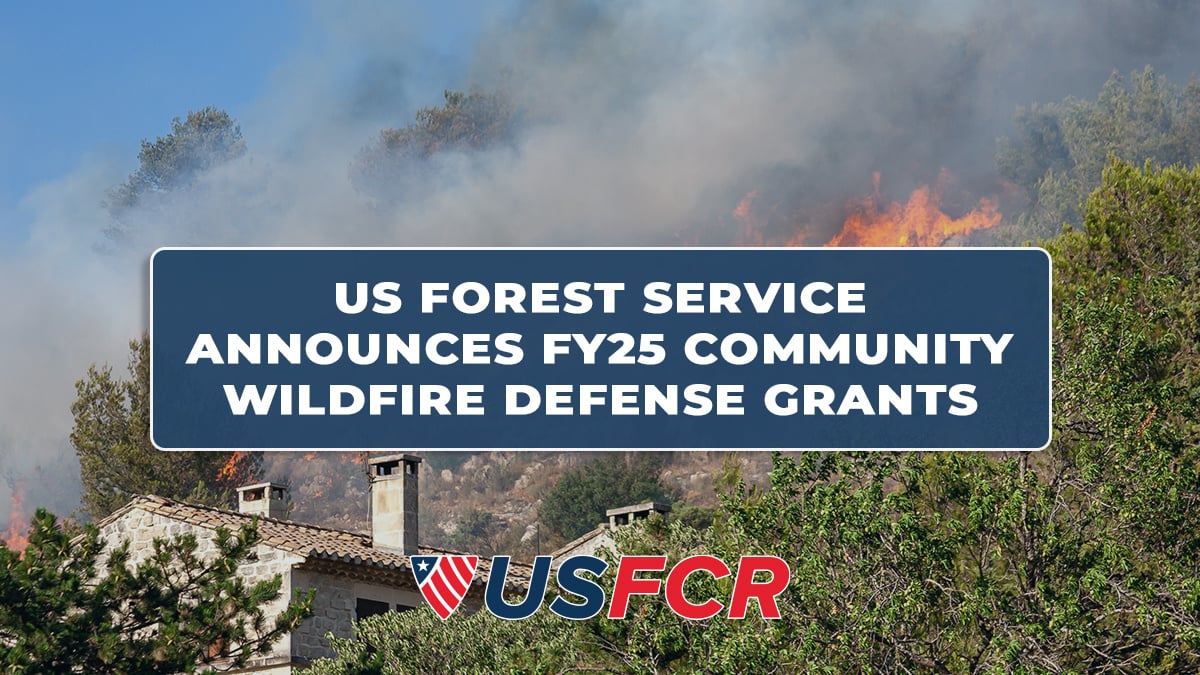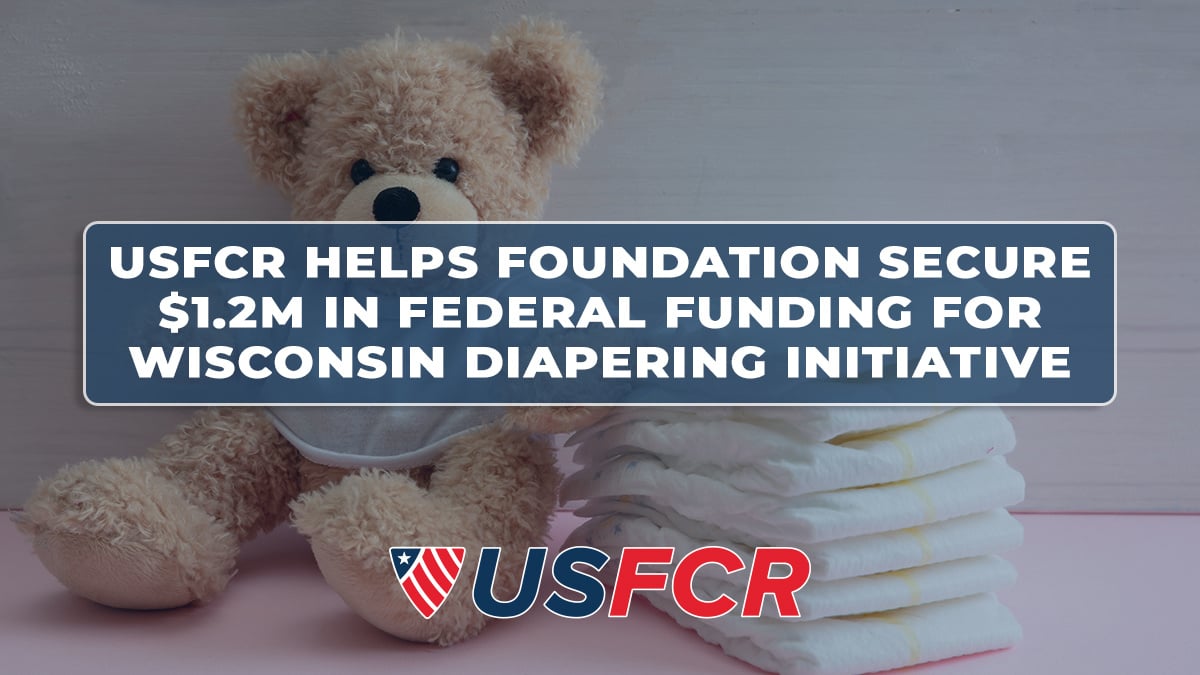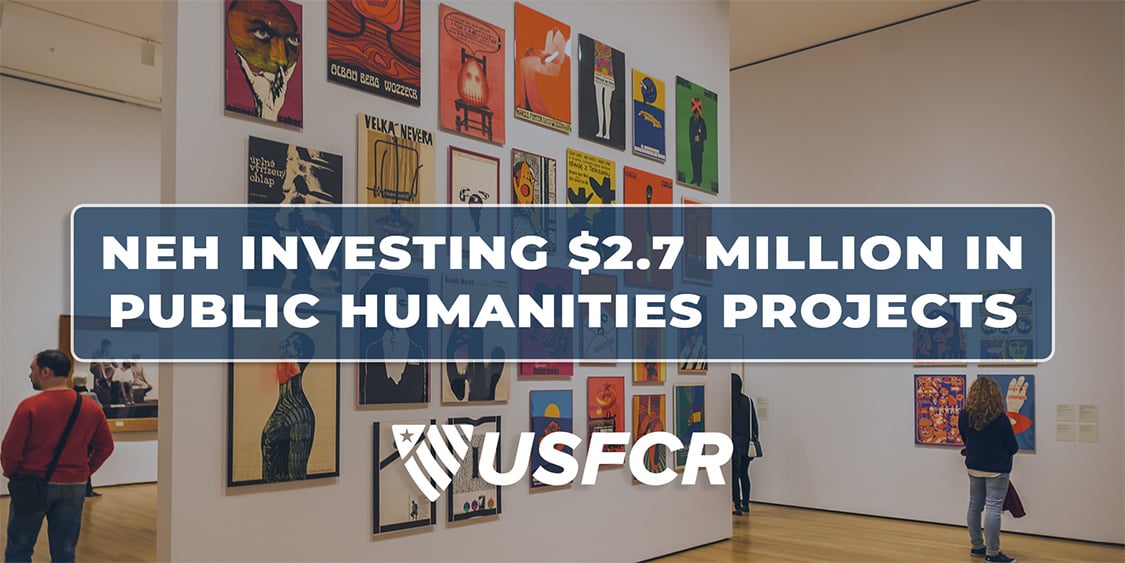US Federal Contractor Registration (USFCR) is proud to announce its role in assisting Pualei Farm in securing a $30,000 grant from the Maui Department of Agriculture. The funding will enable Pualei Farm to transform its operations into a fully sustainable backyard farm powered by solar energy to benefit the Molokai community. This shift to renewable energy will also support the farm’s mission of providing free educational programs on backyard farming and sustainability practices to the local community.
Pualei Farm Wins Agriculture Grant with USFCR’s Support
Apr 3, 2025 10:03:28 AM / by Daniel Cavins posted in Hot Grants, Grants
Grants vs. Loans: Understanding the Differences and the Myth of 'Free Money'
Mar 28, 2025 1:08:38 PM / by USFCR Grants posted in USFCR Academy, Hot Grants, Grants
Proper funding is always an important goal of any organization, with grants and loans being two popular sources of funding. Understanding the difference between grants and loans is crucial to leveraging them to your organization’s benefit.
The main difference between a grant and a loan is repayment. Grants are typically funds provided by government bodies, foundations, or corporations that do not require repayment, while loans do.However, this doesn’t mean there are no costs associated with grants. Some people think of grants as "free money,” but that can be a misleading thought process.
Ensuring Community Health & Wellness
Feb 20, 2025 11:05:47 AM / by Mari Crocitto posted in News, Hot Grants
“Wellness is a connection of paths: knowledge and action.”
USFCR Honors NAACP Day and Black History Month
Feb 12, 2025 8:00:00 AM / by Mari Crocitto posted in News, Hot Grants
The month of February has been recognized as Black History Month since 1976, and USFCR has maintained a proud partnership with organizations, such as the National Black Chamber of Commerce, to help the African American community. Today, USFCR gives special attention to the National Association for the Advancement of Colored People (NAACP). NAACP Day, which falls every February 12, celebrates the organization’s 1909 founding by a diverse group of legal experts, suffragists, civil rights activists, labor reformers, and others who sought to counter violence and racism against the Black community in the United States. [1] Dedicated to the goal of an integrated society, the NAACP stands as the nation’s oldest civil rights organization. [2] From its conception in the early 20th century to its work present day, the NAACP continues to work towards the betterment of the African American community.
EPA Allocates $20 Million To Improve the Gulf of Mexico Watershed
Jan 15, 2025 3:16:42 PM / by Mari Crocitto posted in News, Hot Grants
The Environmental Protection Agency (EPA) is offering up to $20 million in funding to assist farmers actively working in the Gulf of Mexico watershed. This opportunity is open until January 28, 2025. The Farmer to Farmer 2024 BIL program will allow farmers to conduct projects that improve water quality, habitat, or resilience. Collaboration and outreach with farmers are required, and organization partnerships are encouraged.
US Forest Service Announces FY25 Community Wildfire Defense Grants
Dec 13, 2024 11:39:56 AM / by Daniel Cavins posted in News, Hot Grants
Wildfires pose a growing threat across the United States, with more than 8 million acres burned so far this year.1 These disasters not only devastate natural ecosystems but also place thousands of communities at risk, creating an urgent need for proactive planning and mitigation strategies to protect lives and property.
USFCR Assists in $1.2M Grant for Wisconsin Diapering Project
Nov 13, 2024 9:28:46 AM / by USFCR Grants posted in News, Hot Grants
US Federal Contractor Registration (USFCR) is pleased to announce its role in assisting the Foundation for Rural Housing, Inc. (FRH) in securing a $1.2 million federal grant from the U.S. Department of Health and Human Services (HHS). This funding will provide essential diapering supplies to low-income families throughout Wisconsin, highlighting the importance of USFCR’s expert grant writing and application support services for non-profit organizations.
4 Steps to Prepare Your Nonprofit for Federal Grants
Nov 6, 2024 9:45:27 AM / by Daniel Cavins posted in News, Hot Grants
Have you ever found the perfect grant opportunity, only to realize the deadline is just days away? Do you feel overwhelmed by the thought of grant writing, or need help figuring out where to begin? At USFCR, we understand the challenges nonprofits face in pursuing federal grants and are here to help. By following these 4 key steps, you can effectively prepare your organization to apply for a federal grant whenever the opportunity arises.
NEH Investing $2.7 Million in Public Humanities Projects
Oct 30, 2024 12:33:30 PM / by Daniel Cavins posted in News, Hot Grants
The National Endowment for the Humanities (NEH) is now accepting applications for its Public Humanities Projects program, which supports projects designed to bring humanities scholarship to the public. This grant offers organizations an opportunity to engage audiences with topics like history, literature, and ethics through exhibitions, programs at historic sites, and public discussions. Whether you are developing a museum exhibit or organizing a public lecture series, this funding can help make your project a reality.
NIDILRR Funding Opportunities: Transforming Research into Solutions for Individuals with Disabilities
Oct 29, 2024 12:49:01 PM / by USFCR Grants posted in News, Hot Grants
Do you have a passion for making a difference in the lives of individuals with disabilities? The National Institute on Disability, Independent Living, and Rehabilitation Research (NIDILRR) is offering an incredible opportunity through its Small Business Innovation Research (SBIR) program. All funded projects must address the needs of individuals with disabilities and align with NIDILRR's mission, presenting a robust approach to significant technological or scientific questions.










